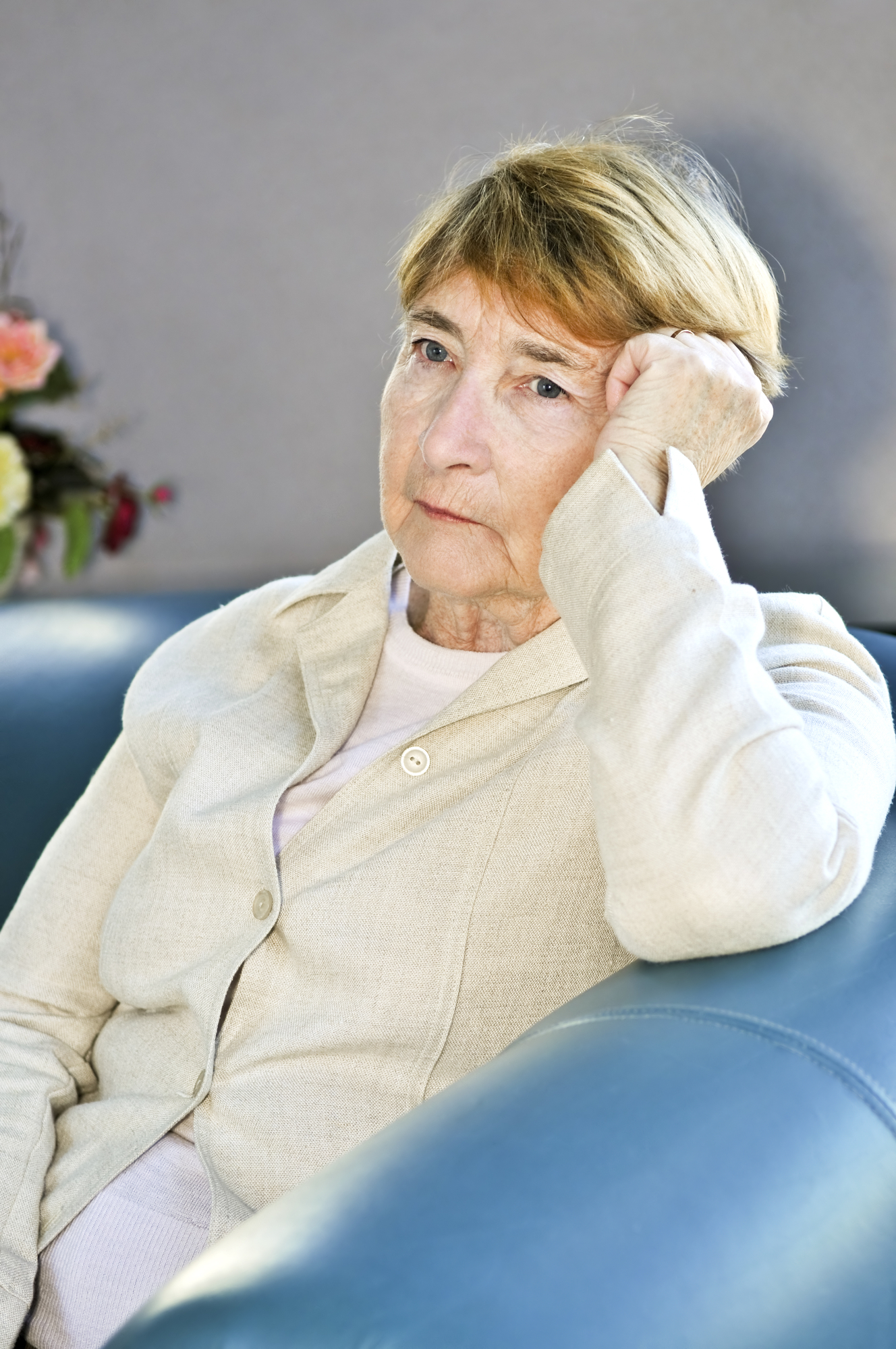Elders and Self-Neglect

While we often think of elder abuse as coming from an outside source, it can be equally tragic when the elder is abusing him or herself in the form of self-neglect. We know that neglect occurs when any caregiver either refuses or is simply unable to properly care for those in their charge.
“Active” neglect occurs when a caregiver has intentionally withheld care or necessities, while “Passive” neglect is, as we said, simply being unable to properly carry out one’s caregiving responsibilities.
Self-neglect is any situation in which an older person refuses to receive care, and it’s important to know that in cases of self-neglect, there are no perpetrators, as there would be in cases of either active or passive neglect.
Those who are most at risk for active or passive neglect include the following:
- Those persons with physical or mental disabilities who are depending on others for care, and
- Those who have high care needs. Certain conditions may prove especially stressful to caregivers, and these may be anything from fluctuations in the need for care, disturbed sleep, incontinence, and a lack of support from other family members.
Self-neglect, however, is usually associated with mental health issues, like substance abuse, dementia, and depression.
There are also several signs of neglect that may be present in the home, and these can include:
- Absence of necessities like food, water, or heat.
- Inadequate living environment evidenced by lack of utilities, sufficient space, and ventilation.
- Animal or insect infestations.
- Signs of medication mismanagement, like empty or unmarked bottles or any outdated prescriptions
- Housing is unsafe as a result of disrepair, faulty wiring, inadequate sanitation, substandard cleanliness, or architectural barriers.
Some physical indicators of neglect may include:
- Poor personal hygiene, like soiled clothing, dirty nails or skin, matted or lice-infested hair, odors, and the presence of feces or urine.
- Unclothed, or improperly clothed for weather
- Bedsores
- Skin rashes
- Dehydration, evidenced by low urinary output, dry, fragile skin, dry sore mouth, apathy, lack of energy, and mental confusion.
- Untreated medical or mental conditions like infections, soiled bandages, and unattended fractures
- Absence of needed dentures, eyeglasses, hearing aids, walkers, wheelchairs, braces, or commodes
- Exacerbation of chronic diseases, despite having a care plan
- Worsening dementia
Some behavioral signs of neglect in seniors may be:
- Exhibiting emotional stress, like crying, depression or despair
- Nightmares or difficulty sleeping
- Sudden loss of appetite unrelated to medical conditions
- Confusion or disorientation (may be caused by malnutrition)
- Emotionally numb, withdrawn, or detached
- Exhibits regressive behavior
- Exhibits self-destructive behavior
- Exhibits fear toward caregiver
- Expresses unrealistic expectations about their care (like claiming care is adequate when it is not or insisting the situation will get better).
It is very difficult to see the ones we love struggling, and especially so when they seem to be neglecting themselves. The best thing that we can do is to help them realize that they are not alone, and then do what we can to help rectify the situation. If necessary, you may want to bring in professional help that will allow the elder to come to terms with the neglect (or self-neglect) if they are able to understand. This help could get them to a place where they still see that life is worth living and that they have so much to offer to society and their families.